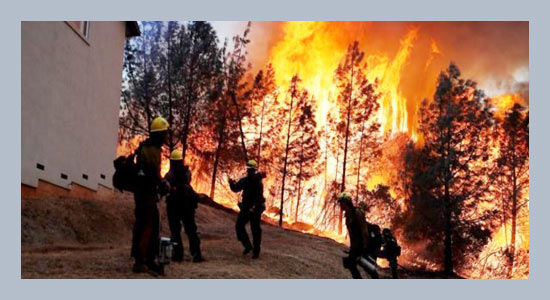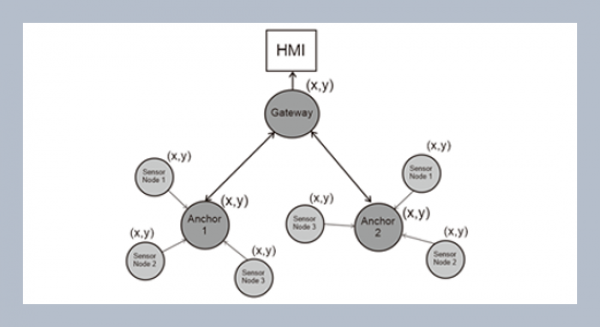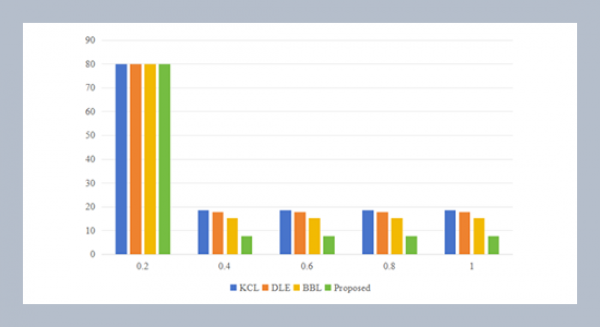REFERENCES
- Affonso, C., Rossi, A.L.D., Vieira, F.H.A., de Leon Ferreira, A.C.P. 2017. Deep learning for biological image classification. Expert Systems with Applications, 85, 114–122.
- Al-Saggaf, Y., Simmons, P. 2015. Social media in Saudi Arabia: Exploring its use during two natural disasters. Technological Forecasting and Social Change, 95, 3–15.
- Ashktorab, Z., Brown, C., Nandi, M., Culotta, A. 2014. Tweedr: Mining twitter to inform disaster response. 11th Proceedings of the International Conference on Information Systems for Crisis Response and Management, 269–272.
- Barz, B., Schröter, K., Münch, M., Yang, B., Unger, A., Dransch, D., Denzler, J. 2019. Enhancing flood impact analysis using interactive retrieval of social media images. 5, 1–21.
- Bird, D., Ling, M., Haynes, K. 2012. Flooding Facebook-the use of social media during the Queensland and Victorian floods. Australian Journal of Emergency Management, 27, 27–33.
- Charalabidis, Y., Loukis, E.N., Androutsopoulou, A., Karkaletsis, V., Triantafillou, A. 2014. Passive crowdsourcing in government using social media. Transforming Government: People, Process and Policy. 8,283–308.
- Chowdhury, S.R., Imran, M., Asghar, M.R., Amer-Yahia, S., Castillo, C. 2013. Tweet4act: Using incident-specific profiles for classifying crisis-related messages. 10th Proceedings of the International Conference on Information Systems for Crisis Response and Management, 1–5.
- Kaigo, M. 2012. Social media usage during disasters and social capital: Twitter and the Great East Japan earthquake. Keio Communication Review, 34, 19–35.
- Kongthon, A., Haruechaiyasak, C., Pailai, J., Kongyoung, S. 2014. The role of social media during a natural disaster: A case study of the 2011 Thai Flood. International Journal of Innovation and Technology Management, 11, 1440012.
- Kumar, G. 2019. [Online], https://towardsdatascience.com/average-rolling-based-real-time-calamity-detection-using-deep-learning-ae51a2ffd8d2, (Accessed December 22 2019).
- Li, X., Cui, Z. 2016. Deep residual networks for plankton classification. In OCEANS 2016 MTS/IEEE Monterey, 1–4. IEEE.
- Li, X., Cui, Z. 2016. Deep residual networks for plankton classification, OCEANS 2016 MTS/IEEE Monterey, Monterey, CA, USA, 1–4.
- MacEachren, A.M., Robinson, A.C., Jaiswal, A., Pezanowski, S., Savelyev, A., Blanford, J., Mitra, P. 2011. Geo-twitter analytics: Applications in crisis management. 25th international cartographic conference, 3–8.
- Pedamonti, D. 2018. Comparison of non-linear activation functions for deep neural networks on MNIST classification task. Available: http://arxiv.org/abs/1804.02763
- Razzak, M.I., Naz, S., Zaib, A. 2018. Deep learning for medical image processing: Overview, challenges and the future. In: Dey N., Ashour A., Borra S. (eds) Classification in BioApps. Lecture Notes in Computational Vision and Biomechanics, vol 26. Springer, Cham.
- Roche, S., Propeck-Zimmermann, E., Mericskay, B. 2013. GeoWeb and crisis management: Issues and perspectives of volunteered geographic information. GeoJournal, 78, 21–40.
- Sit, M.A., Koylu, C., Demir, I. 2019. Identifying disaster-related tweets and their semantic, spatial and temporal context using deep learning, natural language processing and spatial analysis: a case study of Hurricane Irma. International Journal of Digital Earth, 1205–1229.
- Stieglitz, S., Mirbabaie, M., Ross, B., Neuberger, C. 2018. Social media analytics–Challenges in topic discovery, data collection, and data preparation. International journal of information management, 39, 156–168.
- Takahashi, B., Tandoc Jr, E.C., Carmichael, C. 2015. Communicating on Twitter during a disaster: An analysis of tweets during Typhoon Haiyan in the Philippines. Computers in human behavior, 50, 392–398.
- Xiao, Y., Huang, Q., Wu, K. 2015. Understanding social media data for disaster management. Natural hazards, 79, 1663–1679.
- Yang, J., Yu, M., Qin, H., Lu, M., Yang, C. 2019. A twitter data credibility framework—Hurricane harvey as a use case. International Journal of Geo-Information, 8, 1–21.
- Yu, M., Huang, Q., Qin, H., Scheele, C., Yang, C. 2019. Deep learning for real-time social media text classification for situation awareness–using Hurricanes Sandy, Harvey, and Irma as case studies. International Journal of Digital Earth, 12, 1230–1247.















